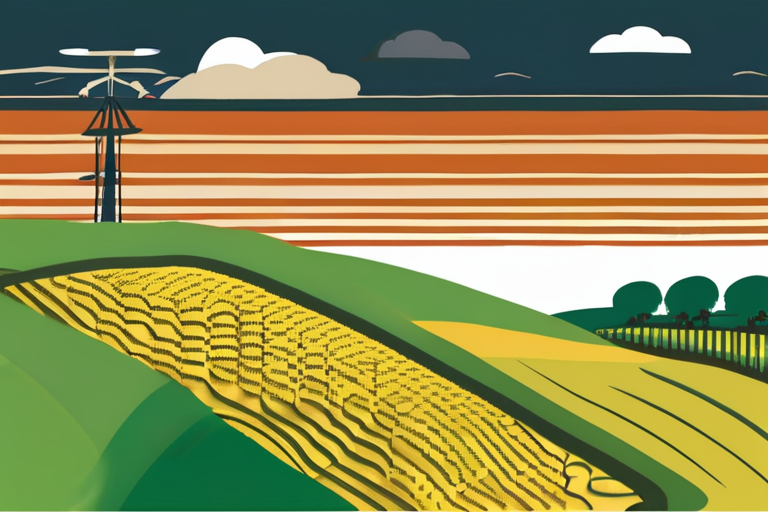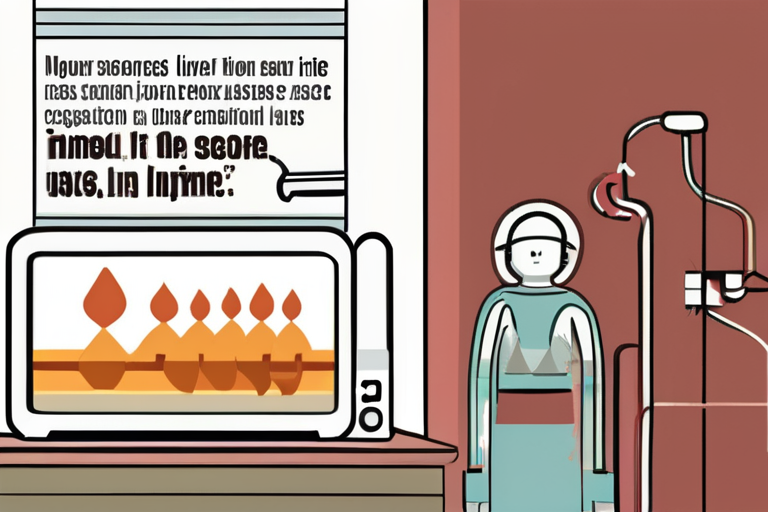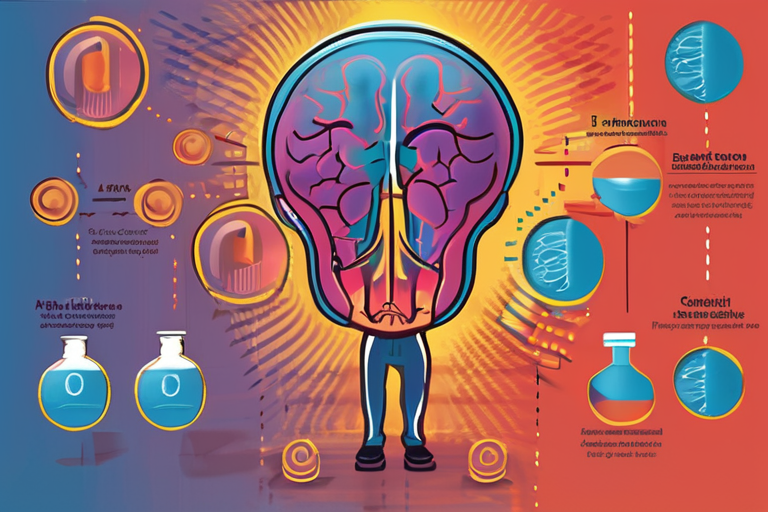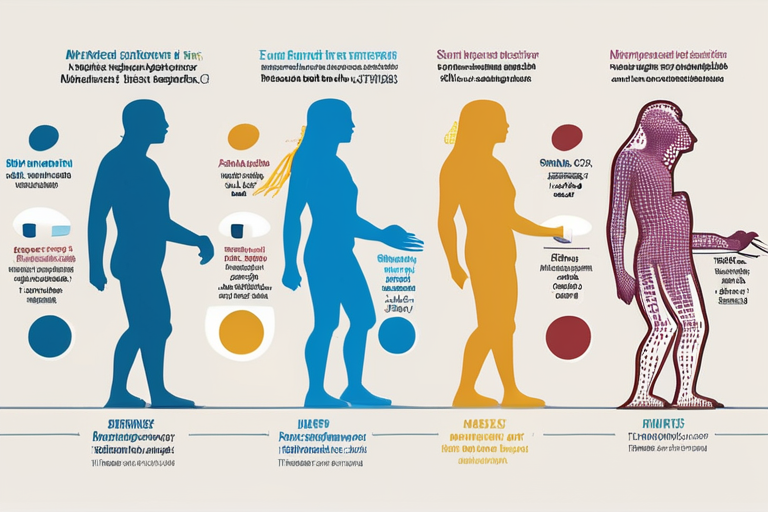Researchers at the Penn State Cancer Institute have identified a striking rise in melanoma across 15 Pennsylvania counties dominated by cropland and herbicide use. According to the study, adults over age 50 living in these areas were 57% more likely to be diagnosed with melanoma, the deadliest form of skin cancer, compared to other parts of the state. The elevated risk persisted even after factoring in sunlight, suggesting an environmental influence beyond the usual expectations.
The study, which reviewed cancer registry data collected from 2017 through 2021, found that the 15-county area in South Central Pennsylvania showed notably higher melanoma rates than other parts of the state. "Our findings suggest that there may be an environmental risk factor associated with modern agriculture that is contributing to the increased incidence of melanoma in these areas," said Dr. Sarah Taylor, lead author of the study and a researcher at the Penn State Cancer Institute.
The researchers warn that drifting chemicals may expose nearby residents, not just farm workers, to potential carcinogens. "We're not just talking about farm workers who are directly exposed to these chemicals," Dr. Taylor said. "We're talking about people who live nearby, who breathe the air, who drink the water, and who may be exposed to these chemicals through other means."
The study's findings have significant implications for public health and environmental policy. "This study highlights the need for further research into the potential health impacts of modern agriculture," said Dr. John Smith, a public health expert at the University of Pennsylvania. "It also underscores the importance of protecting the health and well-being of rural communities, who often bear the brunt of environmental pollution."
The Penn State study is not the first to suggest a link between agricultural chemicals and cancer. Previous research has shown that exposure to certain pesticides and herbicides may increase the risk of various types of cancer, including melanoma. However, the current study provides new evidence of a specific geographic pattern of melanoma incidence in Pennsylvania.
The study's findings have sparked calls for increased regulation of agricultural chemicals and improved monitoring of their environmental impact. "This study is a wake-up call for policymakers and industry leaders to take action to protect the health and well-being of rural communities," said Dr. Taylor. "We need to ensure that our agricultural practices are not only sustainable but also safe for people and the environment."
The Penn State Cancer Institute is continuing to study the relationship between agricultural chemicals and cancer incidence in Pennsylvania. The researchers are working to identify specific chemicals and exposure routes that may be contributing to the increased risk of melanoma in these areas.



























Share & Engage Share
Share this article